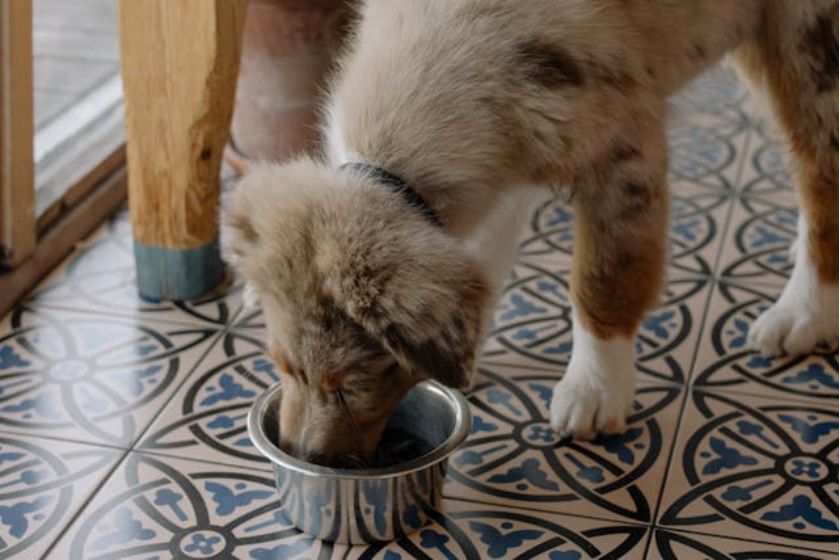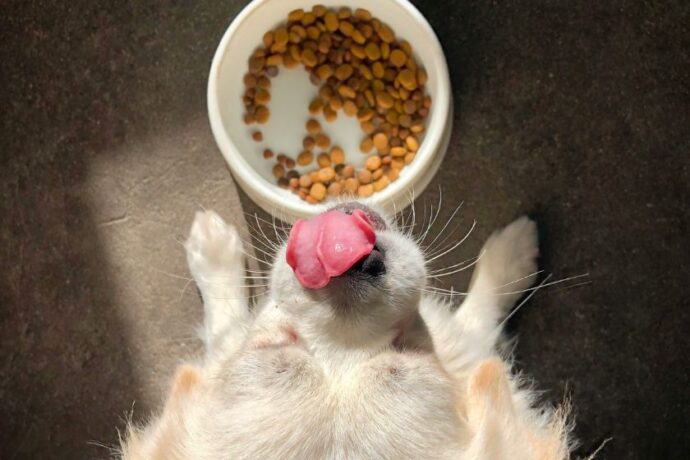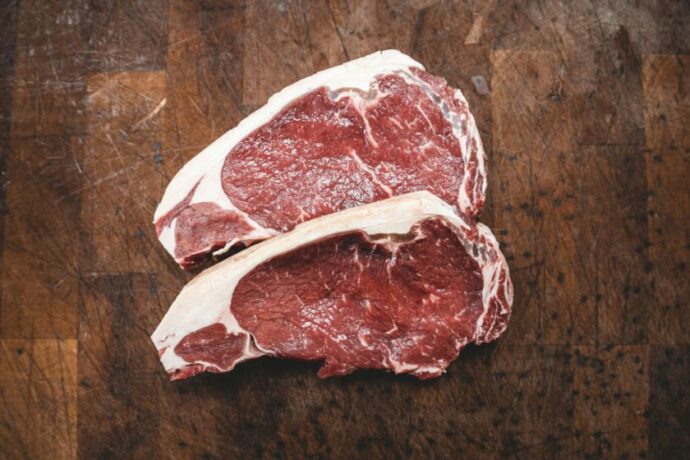
Every dog owner has a preference when it comes to the type of food they provide their pup with. Some prefer kibble only, while others opt for wet food.
What you choose to give your dog is totally up to you, but if you want to ensure that they’re getting the nutrition they need through food that they enjoy, then it’s important to know what each type of food has to offer.
Wet food is a popular option for many dog owners. If you are interested in giving your pup wet dog food, here is everything you need to know about this common type of dog food.
What Is Wet Dog Food Made With?
The ingredient list on your wet dog food is going to vary from brand to brand, but generally, they tend to have a meat protein base, along with a variety of fruits, veggies, grains, vitamins, minerals, and other ingredients. The less desirable options will also contain animal by-products, artificial ingredients, and preservatives.
When compared to dry food, the ingredients in your average wet food recipe will not be all that different. The biggest distinction between the two is the moisture in wet food, which creates a different texture and offers some added hydration.
The Pros and Cons of Wet Dog Food
There are both advantages and disadvantages to opting for wet food over dry. It’s worth considering each before deciding what to give your pup. Take a closer look at some of the pros and cons of canned wet dog food.
Pro: Dogs Tend to Like It More
Some dogs are far from what you would call picky eaters, but others are surprisingly difficult to please. If your pup falls into the latter camp, then you may want to go for wet food, as it tends to be the type of food that dogs find most appetizing.
Con: It Costs More
Bringing a dog into your life is a costly (but worthwhile!) investment, which makes it only natural to look for ways to save on some of your dog-based expenses here and there. This can lead to some dog owners opting for dry food, as it’s not only the more affordable option, but also the longer-lasting one.
Pro: It Can Offer Better Nutrition
Dry food can be a lot higher in carbohydrates than wet food, potentially leading to weight gain in your pup. Wet food, on the other hand, offers more protein and fat, which is what you generally want a doggy diet to be focused on.
Con: It Spoils Faster
Wet food spoils much faster than dry food, making it easier to let your wet food go to waste. And if you’ve got a dog who likes to take their time and graze on their meals, then wet food can also become a contamination concern.
Pro: It Offers Hydration
The moisture in wet food offers a texture that dogs tend to enjoy more than that of dry food, but it also offers the secondary perk of a little added hydration. If your dog is the type to ignore their water dish for extended periods, wet food can be a simple way to sneak in some water where they won’t expect it.
Con: Some Pet Owners Might Find It Unpleasant
Dogs might love their wet food more than anything, but there are some dog owners who find the odor, appearance, and potential for messiness unpleasant enough to stick strictly to dry food.
What to Look For in a Wet Dog Food Brand
Not all wet foods are created equal, and some can even do more harm than good. So what are the attributes of the best wet dog food brands, and what should you avoid? Here is what you need to look for when choosing a wet dog food brand for your pup.

Clearly Labeled Ingredients
A healthy wet dog food will name a meat protein — such as chicken, beef, duck, or lamb — as the very first ingredient. Other meat proteins should follow, along with some fruits, vegetables, and grains, depending on your preferences.
The Right Recipe
Wet dog food for senior dogs and wet dog food for puppies are two different things. You want to make sure you’re giving them the right recipe for their age, or you may cause them some health issues in both the short and long term.
In other words, if your dog has stomach issues, make sure you’re selecting a wet dog food for sensitive stomachs. You’ll also want to consider choosing a food based on whether your dog is small, big, or even expecting puppies.
Nutrition to Match Their Needs
The amount of protein, fat, fiber, calories, and moisture in your dog’s food can vary widely, so you need to match the content to their nutritional needs. If your dog needs to gain some weight, then choosing dog food with a little extra fat in it can help them accomplish this. If they need to lose weight, then the opposite is true.
How Much Wet Food Should I Give My Dog?
Determining how much wet dog food to give your dog will require you to consider a few variables, including their age, size, and weight. Typically, you’ll be able to determine the proper serving size with the help of the food’s label, but you may want to recalibrate to match your dog’s particular needs.
Your veterinarian can also make specific recommendations based on your dog’s unique needs.
Wet Food Can Be a Great Choice for Your Dog
Wet dog food can be an ideal option for your dog, providing them the vital nutrition and hydration they need in a way they will likely enjoy. Keep in mind that you can always mix wet food with kibble to save some money and offer your dog the best of both worlds.
Whether you choose wet or dry food for your dog, when you check labels carefully and consider your dog’s specific needs, you’ll be sure to find an option that works for both of you.



